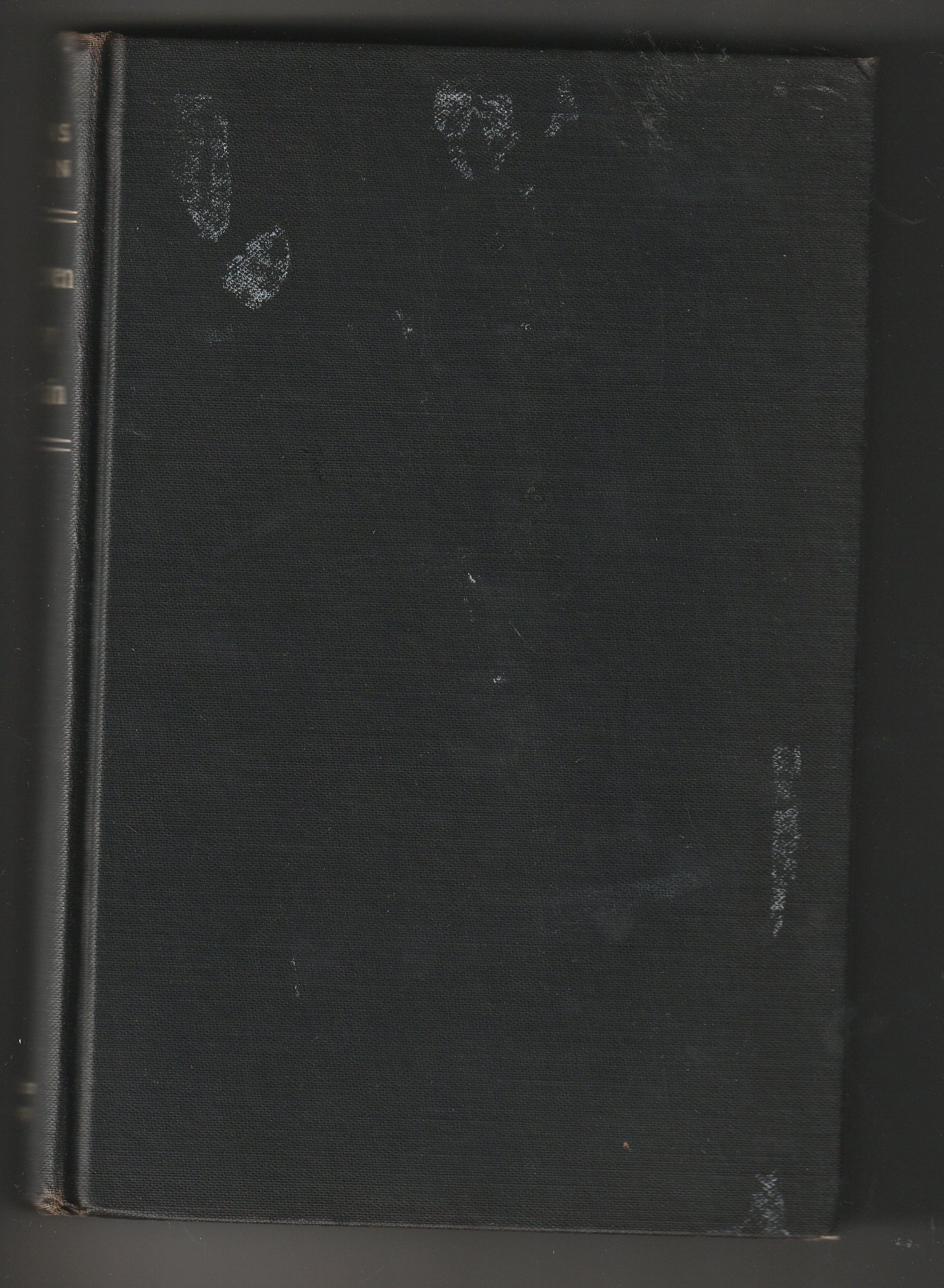

Instead, what I’m drawn to in Merton’s Seven Storey Mountain-and what I mean by self-as-spirit-is a secular practice of self-questioning and evolution. Religious dogma holds little interest for me. This kind of language, as well as the title of this work, culled from Thomas Merton’s autobiographical writing, has overlaid a sense of the “sacred” on the series that should have been disavowed by me long ago, but I’ve yet to find terms that fit SSM as naturally and poetically. They carry a certain kind of weight and a feeling of the vaguely religious. In the same sense of testing the capabilities of the trumpet-as-machine, I wanted to locate the limits of my own self-as-spirit. The second confrontation is more abstract, but similarly embedded in how the song cycle has unfolded.

I’ve done this, not for novelty, but in hopes of finding its humanity: drawing its technique away from the traditional goal of reproducing the singing voice and toward a technique of sighing, shrieking, and mumbling. Over the years, I’ve tried to understand the trumpet by breaking it down, reconstructing it, screaming into it, whispering near it, doing it (and myself) grievous bodily harm and, as heard on this recording, electrocuting it. Anyone who has practiced an instrument understands this friction and frustration but-given my personal history of being misinformed, partially educated, and brought up off beat-my concept of technical mastery has been less than traditional. The first is between myself as an active user of machines and the trumpet as the passive machine that I use. Seven Storey Mountain was born of two confrontations.


 0 kommentar(er)
0 kommentar(er)
